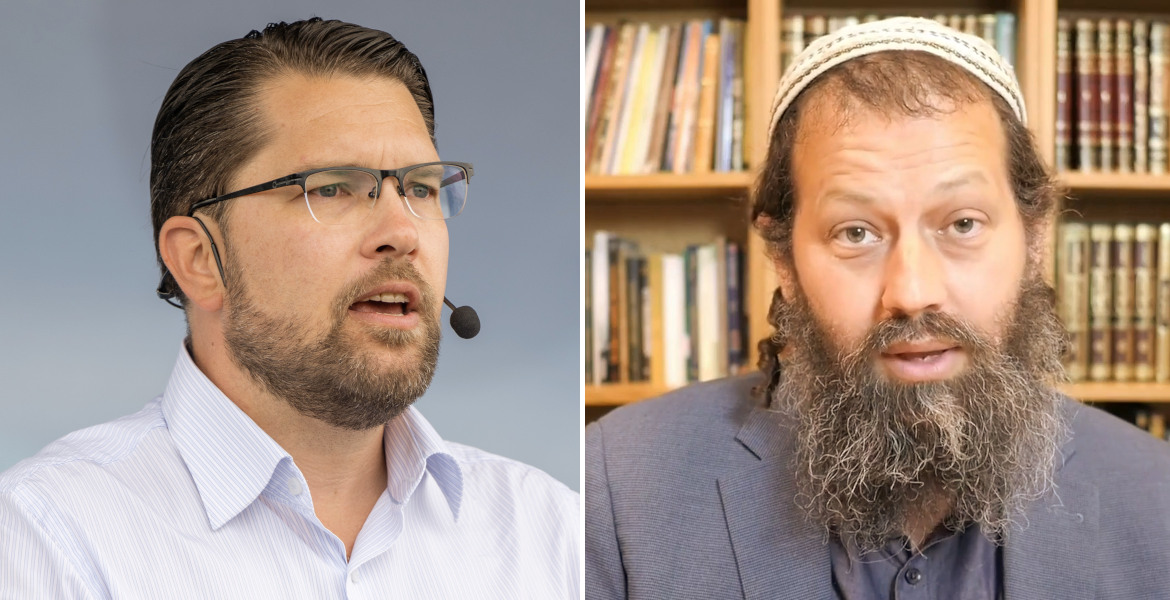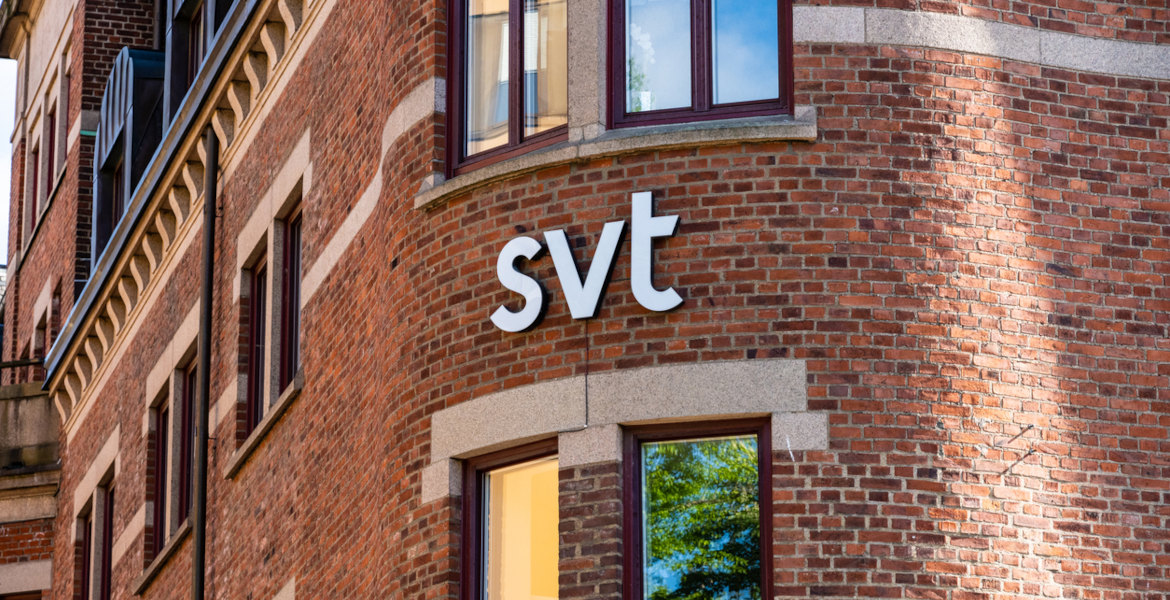Only 34 percent of Swedes state that they have great confidence in the current center-right government. This is a decrease of 16 percentage points since the change of government and the largest drop in the history of the confidence barometer.
Swedish state media SVT writes that it is certainly customary for citizens' confidence to decrease shortly after a change of government, but that this year's figures are still remarkable and the drop from 50 to 34 percent is the largest measured since the Media Academy began its measurements in 1997.
– It's very exciting with changes of government. They make a bit of a mess of people's confidence in various things... This is a sharp decline and we also see it in opinion polls that the government is having a tough time, says Henrik Ekengren Oscarsson, professor of political science at the University of Gothenburg and member of the Media Academy.
He also believes that the voters of the government parties are "impatient" and "waiting" for the government to deliver the policies they promised before the election.
– There are quite a few challenges now for the government. We have the security policy, we have the climate, we have the fight against crime, and on top of all that we have both energy supply and a deep recession, so the current Kristersson government will have a lot of opportunities to show its ability, comments Ekengren Oscarsson.
At the same time, confidence in the Social Democrats is increasing, with as many as 43% of respondents stating that they have very or fairly high confidence in the Social Democrats.
It is also worth noting that almost half (48%) of Swedes believe that Sweden is "on the wrong track" - compared to 32% last year - and the proportion who believe that Sweden is "on the right track" has fallen from 43% to just 24%.
It can also be mentioned that Swedes' confidence in the police, health care, the Riksbank central bank and the state has fallen since last year, while confidence in the Social Insurance Agency, the Liberals and the Green Party has increased slightly.




